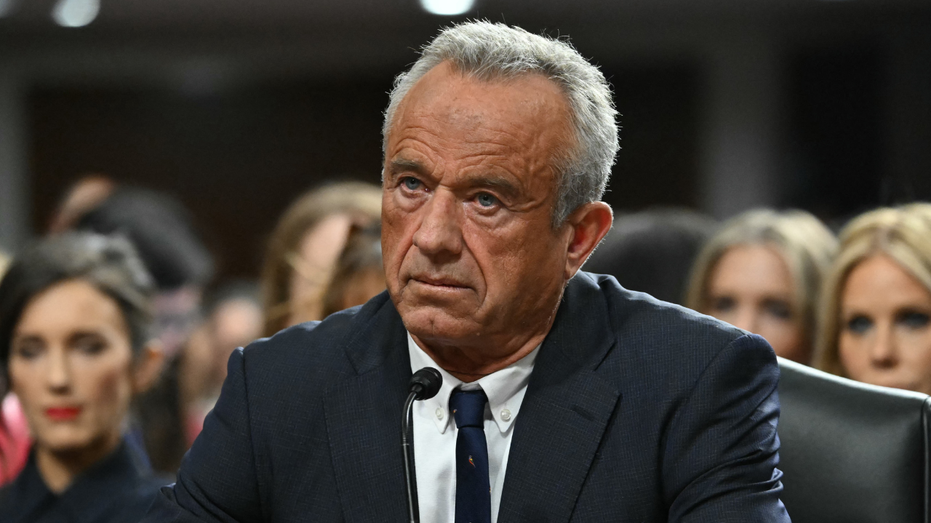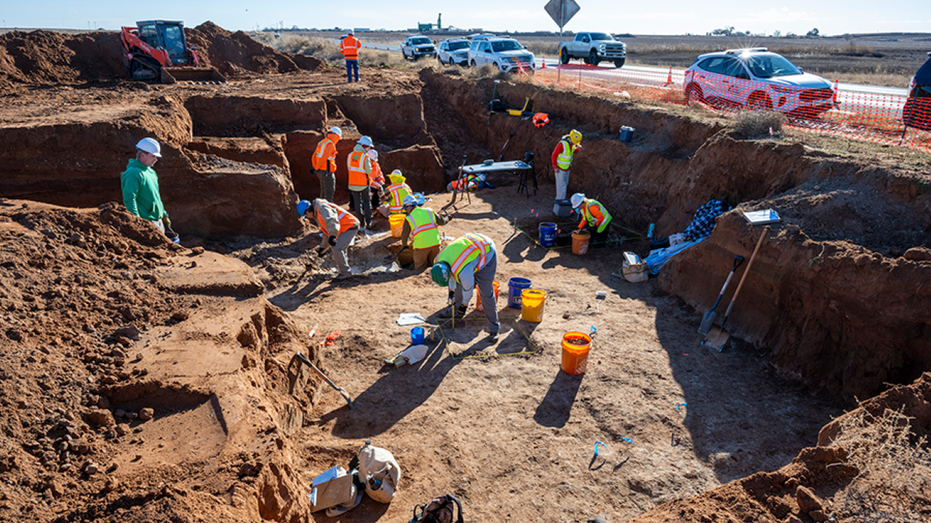- by architectureau
- 24 May 2025
Updated designs unveiled for Bendigo Art Gallery redevelopment
The project includes two exhibition spaces, a children?s learning centre and a place for keeping First Nations cultural artefacts.
- by architectureau
- 24 May 2025
- in architects

Updated designs have been unveiled for the transformation of Bendigo Art Gallery in regional Victoria. Preliminary concept designs for the project were revealed alongside the appointment of the project's architects, Jackson Clements Burrows (JCB) Architects and Clare Design, in September 2022.
Bendigo Art Gallery has released a statement noting that the institution will close in November 2025 to begin the $45 million expansion and redevelopment project, which will be the largest-ever civic infrastructure project to be led by the City of Greater Bendigo.
The renovation will contemporise the gallery's external facade and internal gallery spaces while retaining historic features of the original building, including the Abbott, Bolton and Drury Courts.
On the ground floor, a dedicated space for the display of the gallery's contemporary Australian and First Nations collections will be free for all visitors, while an upstairs gallery will host ticketed exhibitions across 1,200 square metres of display space. The redevelopment will also include a ground-floor learning centre with a children's art studio, workshop space and theatrette, designed to welcome more groups from rural and remote schools and encourage hands-on making sessions for children to participate in art.
According to their media communique, Bendigo Art Gallery has worked in close partnership with Traditional Owners, the Dja Dja Wurrung people, to provide a purpose-built Place of Keeping in the redeveloped gallery. The space will include opportunities for display and interpretation of cultural materials brought home to Country in recent repatriation projects, including 20 artefacts repatriated from the Burke Museum in 2018.
Project director at JCB Architects Veryan Curnow reflected, "Beyond the role of the gallery as a significant exhibition space, the redevelopment will have a far-reaching impact for the gallery's many and diverse users.
"Through engaging architectural, urban and landscape re-shaping, such as a new internal street which unifies View Street with Rosalind Park, the proposed design aims to support the gallery's future needs and growth, enhance Bendigo community access and the visitor experience."
Curnow said, "We are thrilled that this transformational redevelopment will soon be realised. It's been a rewarding experience collaborating with diverse stakeholders, and through these conversations appreciating what this means to the people of Bendigo and beyond."
Funding for the project has been secured through various sources, which include a $21 million commitment from the Victorian Government, $9 million contribution from the City of Greater Bendigo and $4 million of funding from the Bendigo Art Gallery Board.
A philanthropic campaign led by the gallery and a fundraising committee chaired by Andrew Myer has raised a total of $9.35 million to date. In addition, the Sydney Myer Fund and the Ian Potter Foundation have contributed $4 million and $3 million respectively, along with a number of private donors.
Director of Bendigo Art Gallery Jessica Bridgfoot said this was an unprecedented level of philanthropic support for the gallery. "This extraordinary generosity is an acknowledgement of the transformative impact arts and culture can have on a regional community and we truly appreciate our donors' investment in the Gallery and Greater Bendigo."
During its closure, the institution will present a series of off-site exhibitions and activities, including an exhibition staged in partnership with Bendigo's Discovery Science and Technology Centre next year.
"Bendigo Art Gallery is one of the oldest, largest and most visited regional galleries in Australia, attracting visitors from across the country, and generating significant impacts on local businesses and the Bendigo economy," Bridgfoot said. "This is an exciting next chapter in the history of our esteemed gallery, and its central focus is to increase participation in creativity and culture and to create a space that is inspirational and welcoming to all, for now, and for generations to come."
The redevelopment is expected to commence construction in early 2026 and will take approximately two years to complete. The gallery's re-opening is planned for early 2028.
- by foxnews
- descember 09, 2016
Texas road construction unearths 'colossal' prehistoric remains of 'big ol' animals'
Archaeologists in Texas recently discovered prehistoric megafauna bones, including a giant ground sloth, during a highway project in Lubbock, according to officials.
read more




